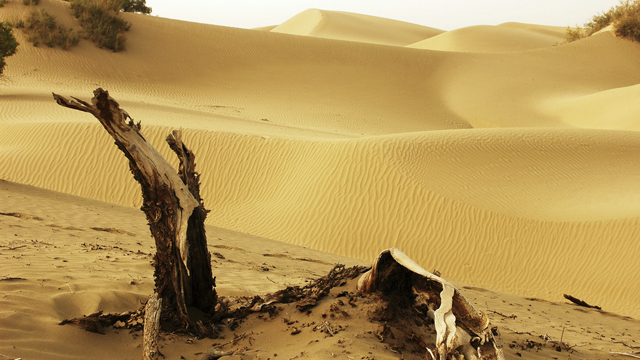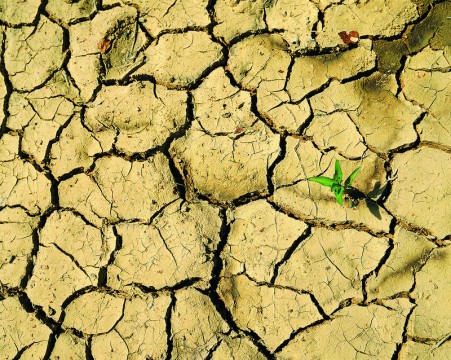
Two-thirds of the world’s land is turning to desert, thanks largely to the steak on your plate. That’s the conventional wisdom, anyway.
For decades people have pointed to overgrazing by cattle as the main cause of desertification. When animals overgraze, they strip the land of native grasses, leading to erosion of the topsoil from wind and storms. These parched landscapes become incapable of supporting the livestock or wild animals that once lived there -- a situation that has led to famine and conflict in developing nations around the globe.
But what if livestock could be used in a way that actually revitalizes landscapes and mitigates the impacts of climate change? It’s a counterintuitive and controversial idea that has the environmental community buzzing.

The idea’s unlikely champion is Allan Savory, a 77-year-old biologist, farmer, and former politician. In the 1950s, he was responsible for the slaughter of tens of thousands of wild African elephants. Like many ecologists of the time, Savory believed elephants were destroying the African savanna, and by thinning the herds the grasslands would rebound. So Savory persuaded the government of Rhodesia (today Zimbabwe) to cull more than 40,000 elephants, but the grasslands continued to wither.
Through this tragic experiment Savory unlocked what he believes is the key to saving grasslands and reversing desertification. Savory’s method, known as holistic planned grazing, calls for managing livestock in ways that mimic the prehistoric herds that once roamed the earth, fortifying grasslands with the pounding of their hooves and nutrient-rich manure. The cattle’s natural movement patterns and activities, Savory claims, spur the regrowth of carbon-sequestering grasslands. And if done on a large enough scale, these grasses could not only absorb enough carbon to offset the methane produced by livestock but also help combat climate change.
